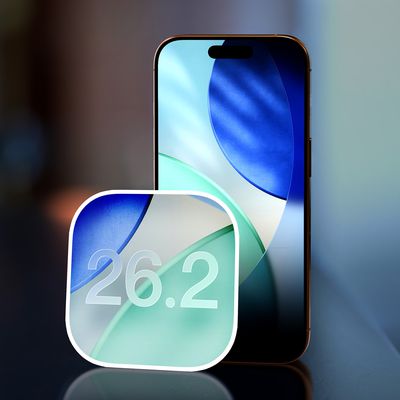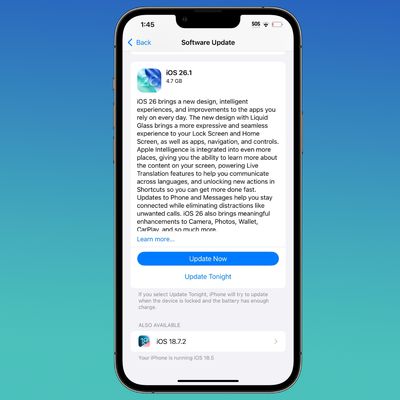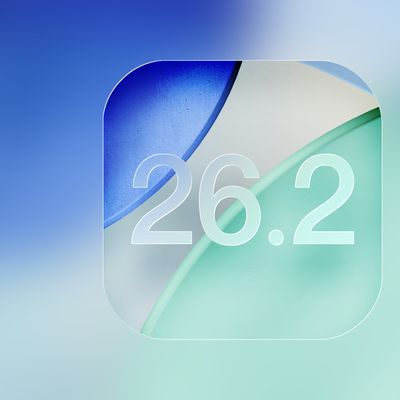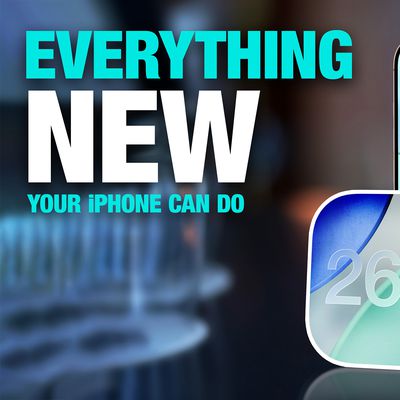Adobe to Stop Distributing and Updating Flash in 2020
 Adobe today announced plans to end-of-life its Flash browser plug-in, ceasing development and distribution of the software at the end of 2020. Adobe encourages content creators to migrate flash content to HTML5, WebGL, and WebAssembly formats.
Adobe today announced plans to end-of-life its Flash browser plug-in, ceasing development and distribution of the software at the end of 2020. Adobe encourages content creators to migrate flash content to HTML5, WebGL, and WebAssembly formats.
But as open standards like HTML5, WebGL and WebAssembly have matured over the past several years, most now provide many of the capabilities and functionalities that plugins pioneered and have become a viable alternative for content on the web. Over time, we've seen helper apps evolve to become plugins, and more recently, have seen many of these plugin capabilities get incorporated into open web standards. Today, most browser vendors are integrating capabilities once provided by plugins directly into browsers and deprecating plugins.
The elimination of Flash and Flash Player should not heavily impact most users because popular browsers have already moved away from the format. Starting with macOS Sierra and Safari 10, Apple disabled Adobe Flash by default to focus on HTML 5, and Flash has never been available on Apple's iOS devices. Google's Chrome browser has also been de-emphasizing Flash since the middle of last year.
Adobe's Flash Player has always suffered from a never-ending stream of critical vulnerabilities that expose Mac and PC users to malware and other security risks. Vendors like Microsoft and Apple have had to work continually over the years to keep up with security fixes.
Apple also shared Adobe's Flash news on its WebKit blog, and the company says it is working with Adobe and industry partners on the transition from Flash to open standards.
Ahead of its sunsetting in 2020, Adobe will continue to support Flash on major operating systems and browsers, issuing regular security updates, maintaining OS and browser compatibility, and introducing new features and capabilities "as needed."
Adobe says it will, however, "move more aggressively" to end Flash distribution in countries where unlicensed and outdated versions of Flash Player are distributed.
Popular Stories
We're getting closer to the launch of the final major iOS update of the year, with Apple set to release iOS 26.2 in December. We've had three betas so far and are expecting a fourth beta or a release candidate this week, so a launch could follow as soon as next week.
Past Launch Dates
Apple's past iOS x.2 updates from the last few years have all happened right around the middle of the...
Apple is encouraging iPhone users who are still running iOS 18 to upgrade to iOS 26 by making the iOS 26 software upgrade option more prominent.
Since iOS 26 launched in September, it has been displayed as an optional upgrade at the bottom of the Software Update interface in the Settings app. iOS 18 has been the default operating system option, and users running iOS 18 have seen iOS 18...
Apple is expected to launch a new foldable iPhone next year, based on multiple rumors and credible sources. The long-awaited device has been rumored for years now, but signs increasingly suggest that 2026 could indeed be the year that Apple releases its first foldable device.
Subscribe to the MacRumors YouTube channel for more videos.
Below, we've collated an updated set of key details that ...
Apple today seeded the release candidate versions of upcoming iOS 26.2 and iPadOS 26.2 updates to developers and public beta testers, with the software coming two weeks after Apple seeded the third betas. The release candidates represent the final versions of iOS 26.2 and iPadOS 26.2 that will be provided to the public if no further bugs are found during this final week of testing....
In a statement shared with Bloomberg on Wednesday, Apple confirmed that its software design chief Alan Dye will be leaving. Apple said Dye will be succeeded by Stephen Lemay, who has been a software designer at the company since 1999.
Meta CEO Mark Zuckerberg announced that Dye will lead a new creative studio within the company's AR/VR division Reality Labs.
On his blog Daring Fireball,...
Apple's iPhone 17 lineup is selling well enough that Apple is on track to ship more than 247.4 million total iPhones in 2025, according to a new report from IDC.
Total 2025 shipments are forecast to grow 6.1 percent year over year due to iPhone 17 demand and increased sales in China, a major market for Apple.
Overall worldwide smartphone shipments across Android and iOS are forecast to...
2026 could be a bumper year for Apple's Mac lineup, with the company expected to announce as many as four separate MacBook launches. Rumors suggest Apple will court both ends of the consumer spectrum, with more affordable options for students and feature-rich premium lines for users that seek the highest specifications from a laptop.
Below is a breakdown of what we're expecting over the next ...
Apple is about to release iOS 26.2, the second major point update for iPhones since iOS 26 was rolled out in September, and there are at least 15 notable changes and improvements worth checking out. We've rounded them up below.
Apple is expected to roll out iOS 26.2 to compatible devices sometime between December 8 and December 16. When the update drops, you can check Apple's servers for the ...
The iPhone Air has recorded the steepest early resale value drop of any iPhone model in years, with new data showing that several configurations have lost almost 50% of their value within ten weeks of launch.
According to a ten-week analysis published by SellCell, Apple's latest lineup is showing a pronounced split in resale performance between the iPhone 17 models and the iPhone Air....
iPhone 17 Pro models, it turns out, can't take photos in Night mode when Portrait mode is selected in the Camera app – a capability that's been available on Apple's Pro devices since the iPhone 12 Pro in 2020.
If you're an iPhone 17 Pro or iPhone 17 Pro Max owner, try it for yourself: Open the Camera app with Photo selected in the carousel, then cover the rear lenses with your hand to...
 Adobe today announced plans to end-of-life its Flash browser plug-in, ceasing development and distribution of the software at the end of 2020. Adobe encourages content creators to migrate flash content to HTML5, WebGL, and WebAssembly formats.
Adobe today announced plans to end-of-life its Flash browser plug-in, ceasing development and distribution of the software at the end of 2020. Adobe encourages content creators to migrate flash content to HTML5, WebGL, and WebAssembly formats.























